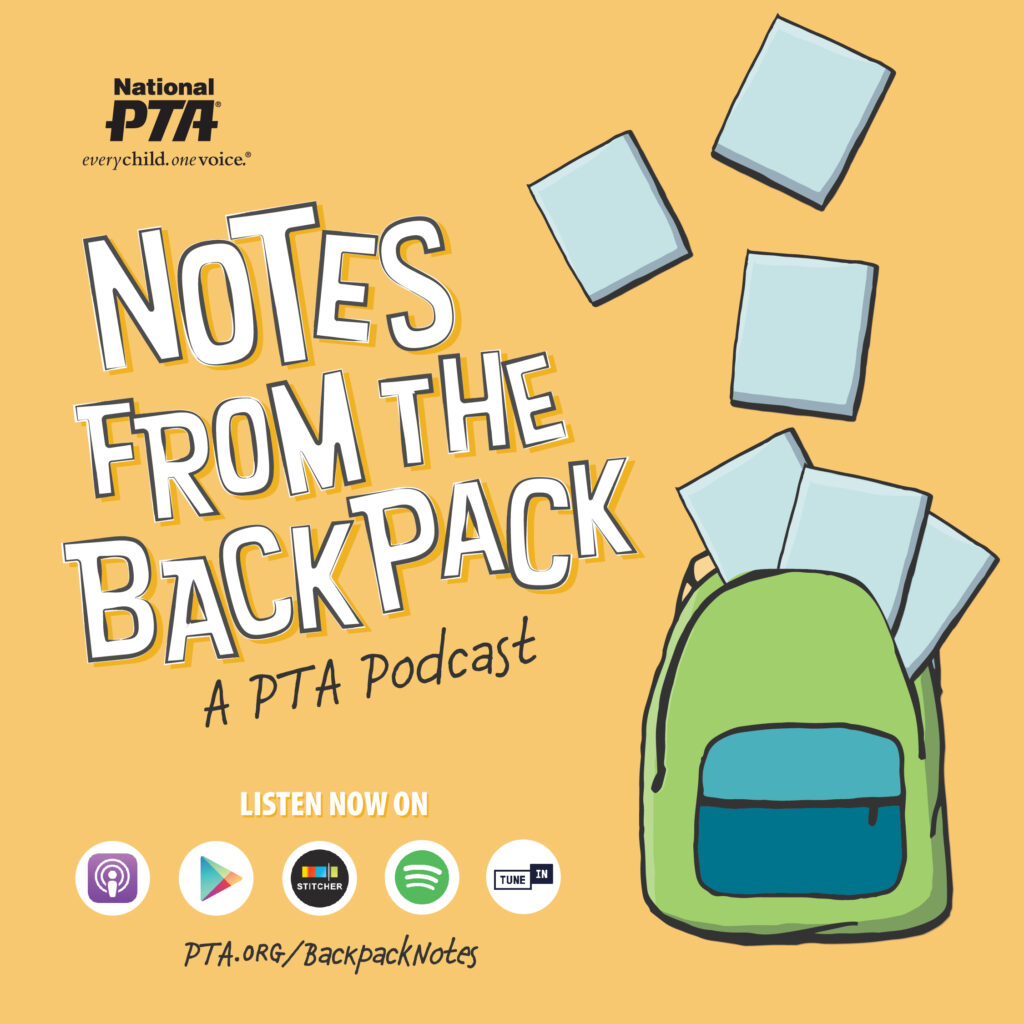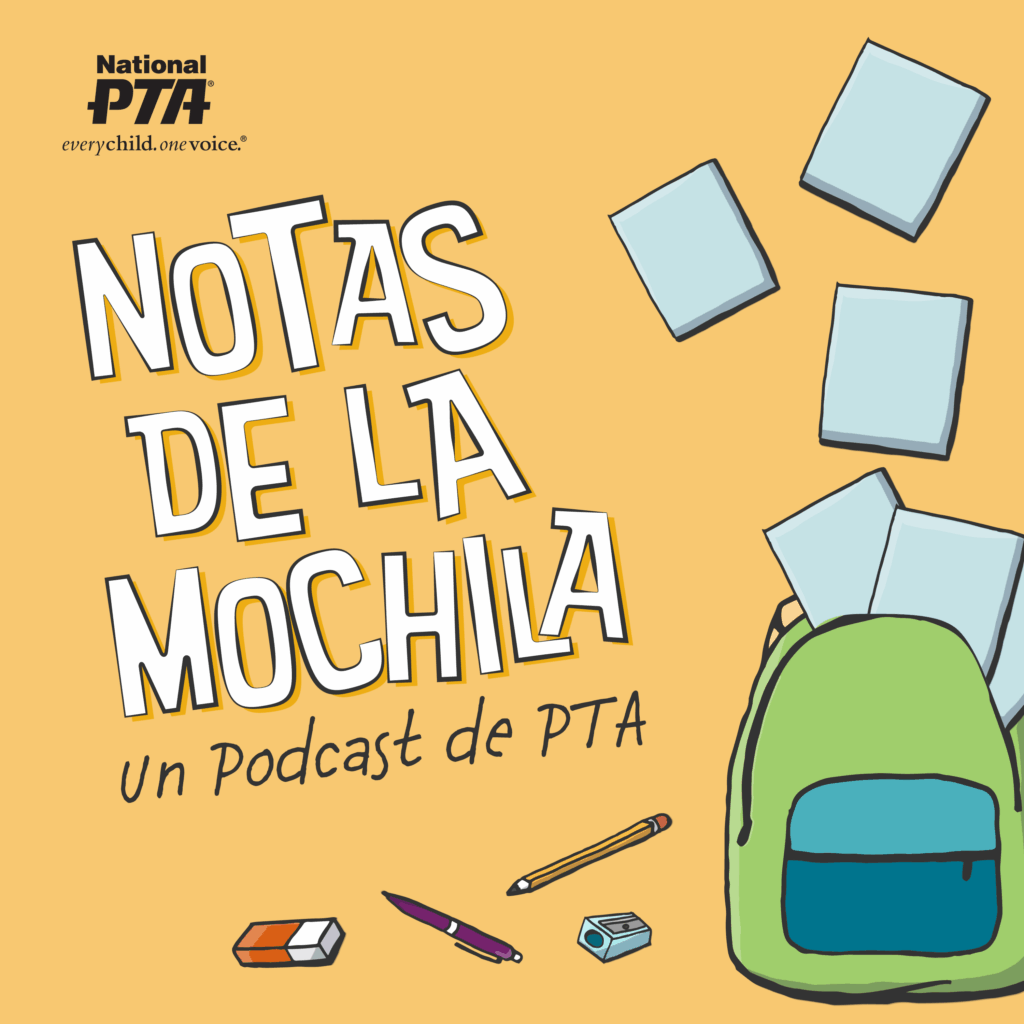“No one ever taught me about banking when I was younger. Not at home, not in school. It was never explained to me.”
As a caring parent do you want your child saying that when they get older? Of course not. Every day banking is an important part of being an adult and that’s why a banking education for your child is essential.
Another reason that parents should want to take their children to the bank is because people are saving less money. How do we know this? A May 2019 study released by the Federal Reserve Bank, found that many Americans don’t have $400 saved up to pay for an emergency. The study found that:
“If faced with an unexpected expense of $400, 61% of adults say they would cover it with cash, savings, or a credit card paid off at the next statement.”
The other 39% couldn’t pay it. That’s a huge problem that could be improved if people felt more comfortable with banking.
Now if you haven’t had the banking conversation with your child yet, that’s OK. They’re still young and there’s plenty of time. Here’s how to get started.
Slow and Steady Wins the Race
Financial lessons can be simple. Parents can start off by merely talking about banking and how important it is. Then, together parents and children can visit a bank or credit union. My friend and fraternity brother Danny takes his kids to the bank every two weeks to take care of their financial transactions.
Now, the way that people use banks in their lives is changing. For years many of us grew up going to a bank between 9 a.m. and 3 p.m. to take care of our transactions. I say this because I remember going to my local bank with my mother and two younger sisters. It was fun and I learned lessons that have lasted a lifetime.
Times are changing however. According to an April 26, 2018 press release from JD Powers, nearly 30% of all retail banking customers do their banking only through digital outlets and never go into a physical bank.
Eventually, parents and bank employees can teach kids about online banking, direct deposit, automatic bill pay, mobile banking, debit cards and other banking products. However, it’s important to visit an actual bank branch at the beginning, so that your child feels comfortable going into the banking environment and learning what they can.
Who’s Who
Vocabulary is a powerful tool to build confidence. So, who are the people that work in the bank or credit union that you and your child will deal with? What do they do? Different banks have different titles for employees but here are the basic titles of the employees your children will see in the bank and what they do.
- Teller: These employees process deposits and withdrawals from the bank.
- Banker: These employees set up accounts and provide research and customer service.
- Branch Manager: These employees manage the overall bank branch.
The Starting Line
So how should parents plan their child’s bank visits? It’s best to go on a slow day. That way the kids and tellers don’t feel rushed. When you get there, here are the steps to take to get your child started with banking after they have opened up their account in the system:
- Show your child how to fill in the initial deposit slip and let them fill it in themselves.
- Let your child walk up to the teller line and wait in line by themselves in order to make the first deposit. You should sit back, watch and take pictures.
- Let your child give the teller the money and deposit slip when they’re called.
- Once your child has completed the transaction, you should go over your child’s copy of the deposit slip and explain it to them.
- Give your child extra deposit slips to take home to prepare for future deposits. They can even practice with them for future deposits.
The Big Benefits
So why do all this? Why do parents want to take their kids to the bank? What are the benefits?
- Children will feel more comfortable talking about and interacting with people about money.
- Children have safe keeping for their money.
- Children can teach other family members, friends and classmates about the banking experience.
- Inspire and motivate children to save.
- Equip children with a life skill.
- Children learn how their account balance grows through their efforts.
- Support a child’s potential for future financial success.
As a key final note when it comes to children depositing money in their account, parents should let their children handle the deposit with the teller by themselves. They learn financial independence in a real way.
Check Learning
This part is critical. How can you check to see if your child learned anything when it comes to banking? Here are a few ways to find out:
- Ask them why it’s important to save.
- Let them add up the deposit themselves and make sure it’s correct.
- Ask how much they have in their account.
- Ask how much they can save on a regular basis (monthly).
- Have them tell you what the teller did with their money.
And if they mess up with these questions and any other questions that you have for them, give them a chance to correct it.
So if you’re a parent that loves your child, take them to the local bank or credit union and let them make deposits in their account every so often. You’ll give them a skill and comfort level with money that will last for the rest of their life.
Kolonji Murray is the author of “Bank Magic: Financial Literacy for Young People” and president and founder of tax accounting firm TaxAssurances, LLC. For almost 20 years he has advised clients in his roles as a Financial Advisor, Personal Banker, Insurance Broker and Tax Accountant. He is a graduate of Hampton University with a B.S in Accounting. He has also written “Top 12 Tax Deductions You Might Have Missed” and “Top 23 Tax Deductions You Might Have Missed.”


















